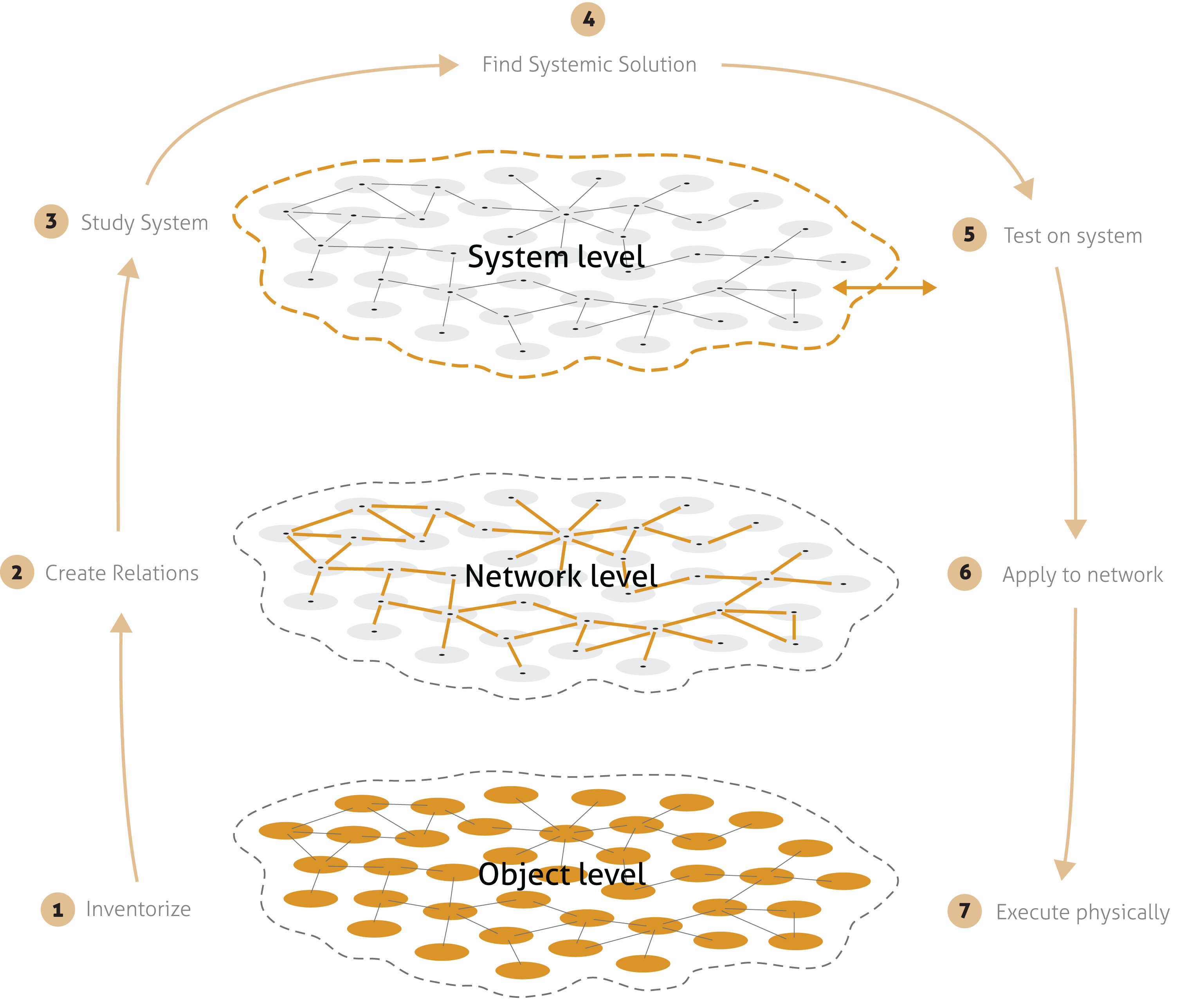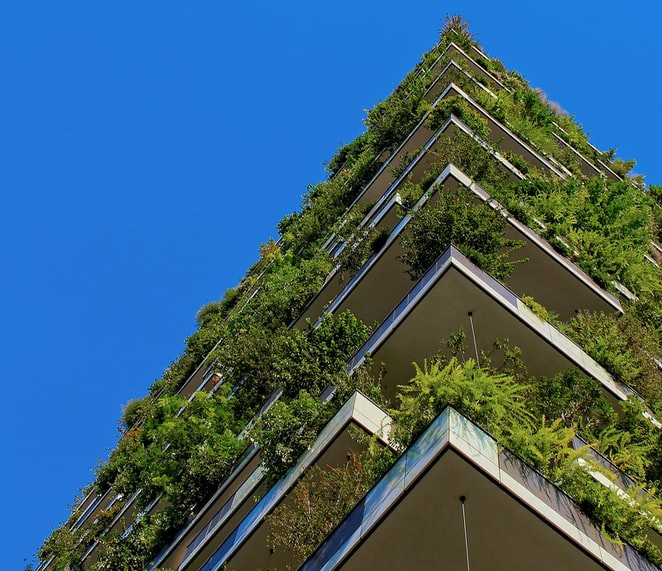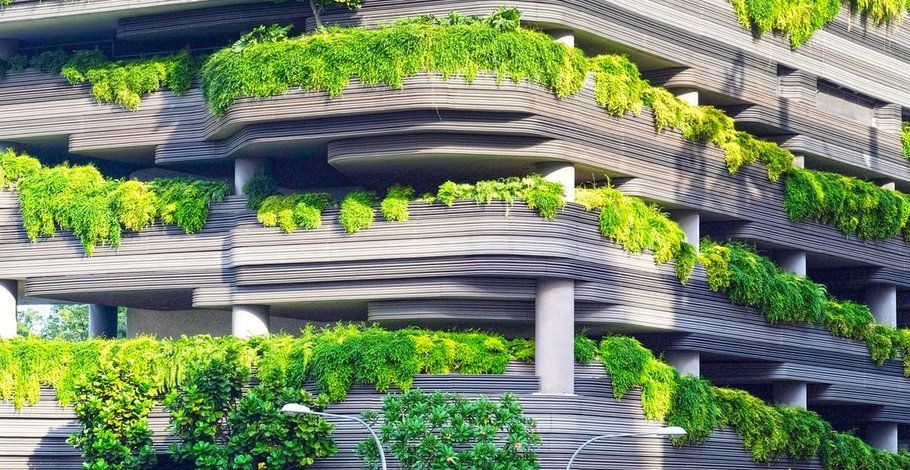What links an abandoned housing complex and a green beer bottle? An innovation that instead of bringing positive results — may it be a heightened standard of living, environmental gain, or a return of profits — makes matters worse than they were before and, in extreme cases, leads to abandoning the project. Here’s a look at some of those disasters.
The stories of innovation gone wrong highlight the importance of accounting for a system the innovation is immersed in. There are three levels of analysis of an innovation’s impact: object, network, and system. Object level refers to the physical realm, so everything that we can view, touch, and quantify. Network level, a measure of interconnectedness, describes the relationships between objects. Finally, the system level allows for a bird-eye, integrated look at the previous two levels. (To read more about those levels and their respective indicators, visit http://thinksid.org/)

For an innovation to be sustainable and beneficial in the long run, it needs to carefully account for all three levels. Such an approach requires a multidisciplinary, complex analysis that will reward you with long-lasting, healthy solutions. Or… at least help you avoid losing the invested capital. Like in the case of the experimental housing complex in Chengdu, China.
The living buzz
It sounds exciting: living in a “hierarchical forest”, a block of flats where each room has a veranda with a landscaped garden. A nature dream in an urban environment, yet… mosquitos are nature, too, aren’t they? The new inhabitants of a fully-sold-out 826 room apartment complex experienced a mosquito invasion of an unprecedented scale, which led to its mass desertion. As of September 2020, only ten rooms remained in use. Eight apartments turned into post-apocalyptic, desolated, jungle mosquito kingdoms. Apart from shooting an urban edition of “The Jungle Book”, the building doesn’t seem fit for use.

What went wrong in Chengdu? The building’s design didn’t account for how the plants (the objects) will interact with the natural environment (the network). As a result, the built system, although seemingly an eco-dream, turned into a mosquito nightmare. Accounting for the relationship between the plants and the insects in a pre-construction phase would have likely resulted in avoiding the architectural catastrophe.
Brown overrides green
Beers sold in transparent bottles are usually served with a piece of lemon. Have you ever wondered why?
The ingredient that makes beers is hops. The bitter taste in beer comes from acids that get released in the production process. Sunlight destroys those acids. The leftover chemicals release a smell that you wouldn’t want to experience while drinking a pleasant glass of beer.
In short, the lemon hides the beer’s spoiled smell. Don’t worry: it doesn’t mean your beer is rotten, it’s “just” smelly.
An easy solution to prevent the odor is to store beers in brown bottles. Brown color blocks the sunlight and protects beers from creating funky smelling chemical compounds. Yet, in this case, branding overshadows practicality. Companies then need to spend extra resources — and produce additional waste — to offer non-repulsively-smelling beers. An extra layer of carton or plastic on top of transparent or green beers allows the bottles to remain in line with the company’s commercial colors without compromising the smell.

A beer bottle — an object — connects the beer with the surrounding environment. Ignoring the complexity of the connection — the network — makes investments in extra production steps inevitable. Apart from increasing the production costs, such solutions also make the end product less sustainable by increasing the amount of single-use packaging. Improving this system requires only minor tweaking of the bottle’s color yet it significantly reduces waste.
Towards systemic sustainability
An integrated approach to sustainability requires breaking up with the habit of treating stages of production or end-products as if they existed all by themselves. Embracing complexity allows us to look at the interconnectedness between various elements of our world, may it be the natural environment, cities, the people, and other living creatures. Only by looking at the bigger picture can we design and produce in ways that will allow us, and other life forms, to flourish for the decades to come.
Oct. 6, 2020


